Mangroves are Vital to Vietnam’s Coastal Communities
Published by Ocean Conservancy
This blog post was written in collaboration with Dr. Chelsea Rochman, assistant professor at University of Toronto (UofT), Rachel Giles, graduate student at UofT, and Nguyễn Văn Công, representative at Centre for Marinelife Conservation and Community Development (MCD).
“Rice bag fragments: 2. Food wrappers: 7.”
This was our rhythm while counting litter along the northern coastline of Vietnam. For four days, we maneuvered through what seemed like a video game adventure—dodging obstacles while onboard a boat, trudging through mudflats and combing through the thickest of forests. I was with Dr. Chelsea Rochman and Rachel Giles from the University of Toronto, representing Ocean Conservancy on a research expedition in the beautiful mangrove forests of Xuân Thủy National Park, Vietnam. We were there to assess how the biodiversity of the environment and the livelihoods of nearby coastal communities are affected by plastic pollution.
Xuân Thủy National Park sits at the mouth of the Sông Hồng, or the Red River: a broader estuary ecosystem which supports mangroves, intertidal habitats and feeding grounds for important migratory bird species. The park, Southeast Asia’s first Ramsar Site, falls along the coast of the East Sea and is recognized as a fundamental site for conservation because of the ecological functions it performs as a wetland. Not only does it serve as a rich habitat for a variety of shrimp, crab, fish, razor shells and oysters, and supports numerous rare and endangered species, but it also provides economic prospects for the five coastal communes of Giao Thủy, a rural district in Nam Định Province. Here, the community is comprised of small-scale fishermen and farmers in aquaculture and agriculture, who contribute collectively to a network of food cultivation.
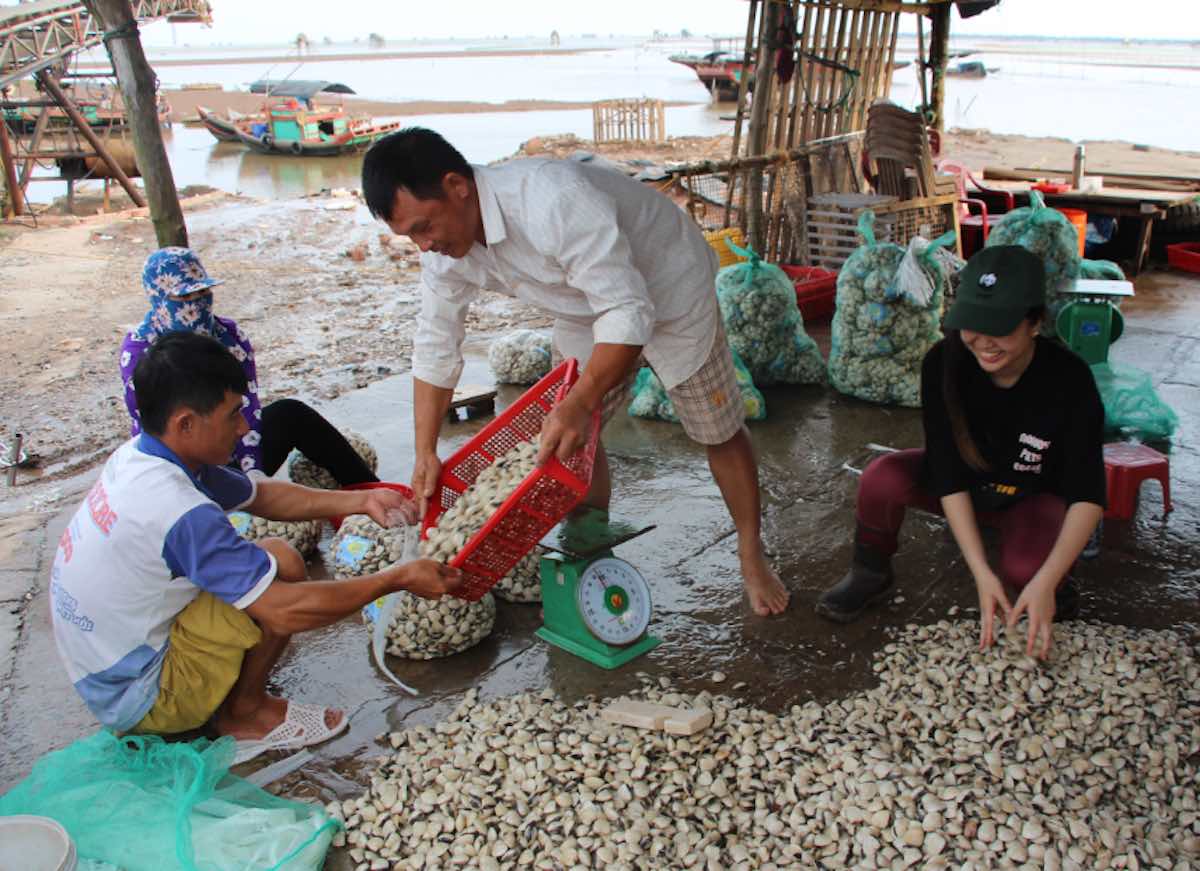

With trash flowing into the estuary from the Red River and marine debris washing up from the ocean, the park is becoming increasingly vulnerable to plastic pollution. Potential threats to the park include microplastics coming in from ocean currents, a growing human population and burgeoning tourism industry. Previous research on the park has also identified various challenges for the sustainable management of its valuable resources.
For these reasons, the Centre for Marinelife Conservation and Community Development (MCD) has raised concerns about the state of litter in the park. MCD is a leading Vietnamese nongovernmental nonprofit organization with extensive work within the Red River Delta, and Ocean Conservancy is excited to partner with an organization that has demonstrated expertise and success in bringing together local and national government, the private sector and other NGOs. We collaborated with MCD and also the Vietnam Administration of Seas and Islands (VASI) to conduct a baseline assessment of the sources, fate, and effects of marine debris, including microplastics, in this region.
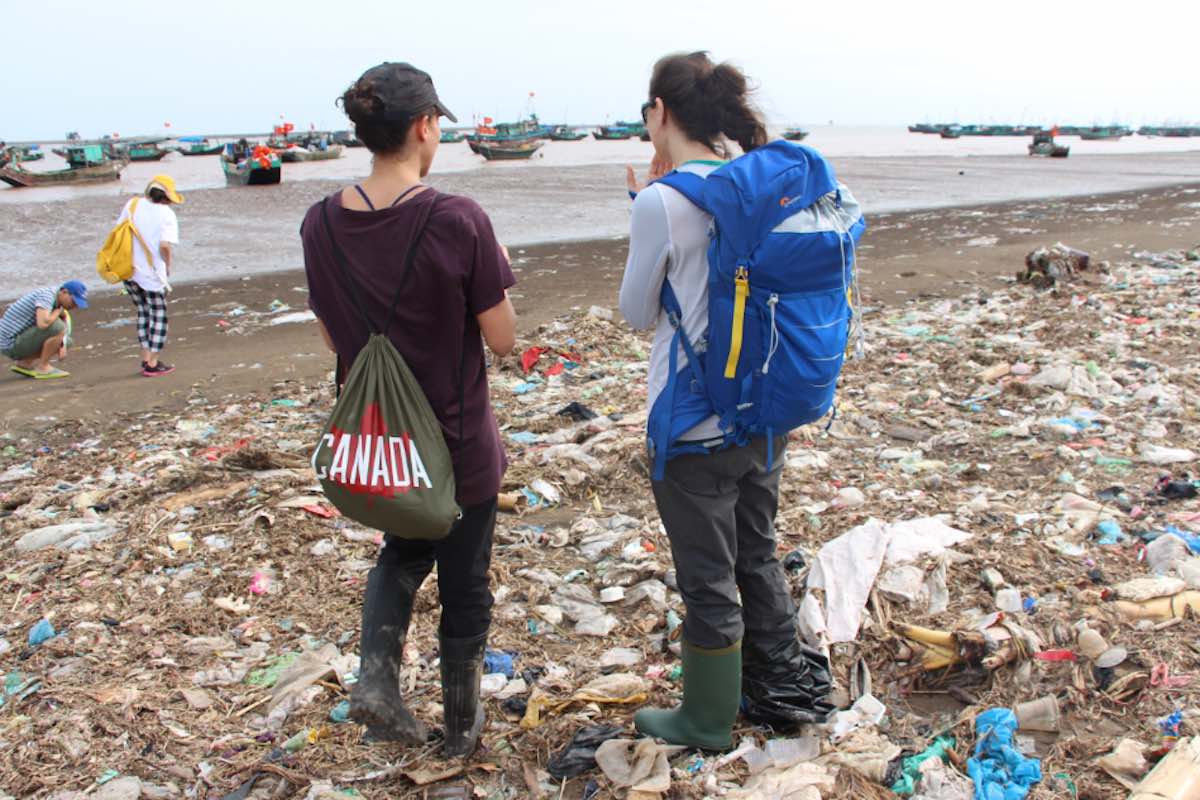

Fortunately for us, we had sunshine and only light rain during the week of field research. The on-the-ground work involved counting and categorizing all the litter we found within our research sites, as well as taking samples of sediment to measure microplastics. To begin understanding where debris may be coming from, we had selected key locations along the shorelines and tidal flats of the estuary and mangrove forest, at the mouth of the river and upstream along the Red River. We also counted crab holes at each site and measured the canopy cover and diameter of mangrove tree trunks as potential indicators of how waste might be affecting flora and fauna in the park.
What were some highlights in our field research? Besides the fact that we were located in this amazing corner of the world, we enjoyed the learning and sharing of information between our teams. When in the field, we paired up in working teams of two—Chelsea with Nguyễn Văn Công (MCD), myself with Ngô Thị Ngọc (MCD) and Rachel with Mai Kiên Định (VASI). Ocean Conservancy hoped to build capacity in MCD and VASI by transferring our science and methodology on how we research marine debris. Likewise, Công and Ngọc gave us insight into the debris we found and explained why some items were more common than others. Định, who is local to the province, shared his understanding of the land and lifestyle of farmers in the area. After long hours out in the field, we continued the conversations at nearby restaurants where we cooled off and dined on fresh seafood—including farm-raised clams, freshwater fish and jellyfish.


What were we not prepared for? Finding ourselves knee-deep in mud, amongst clams and sort-of-friendly crabs. Stumbling upon a graveyard of dead mangrove trees, tangled in plastic bags and fish netting. On one site along the shoreline, spiders hanging out tree branches joined us as we counted hundreds of pieces of foam. Thankfully, park rangers from Xuân Thủy National Park helped us navigate by boat, foot and car to access all of our sites. Needless to say, the research was very successful thanks to everyone’s eager helping hands and enthusiastic spirit in the field!
What were some of our findings? Marine debris was found across all of the 19 locations we surveyed. The five most common items were plastic food wrappers, plastic bags, fabric pieces and pieces of plastic rope and fishing nets. Overall, increased amounts of marine debris led to a decrease in the health of the ecosystem, although this was only significant for the negative relationship between quantity of marine debris and health of the mangrove trees. The results definitely show a lot of potential for future work to follow up on these trends.
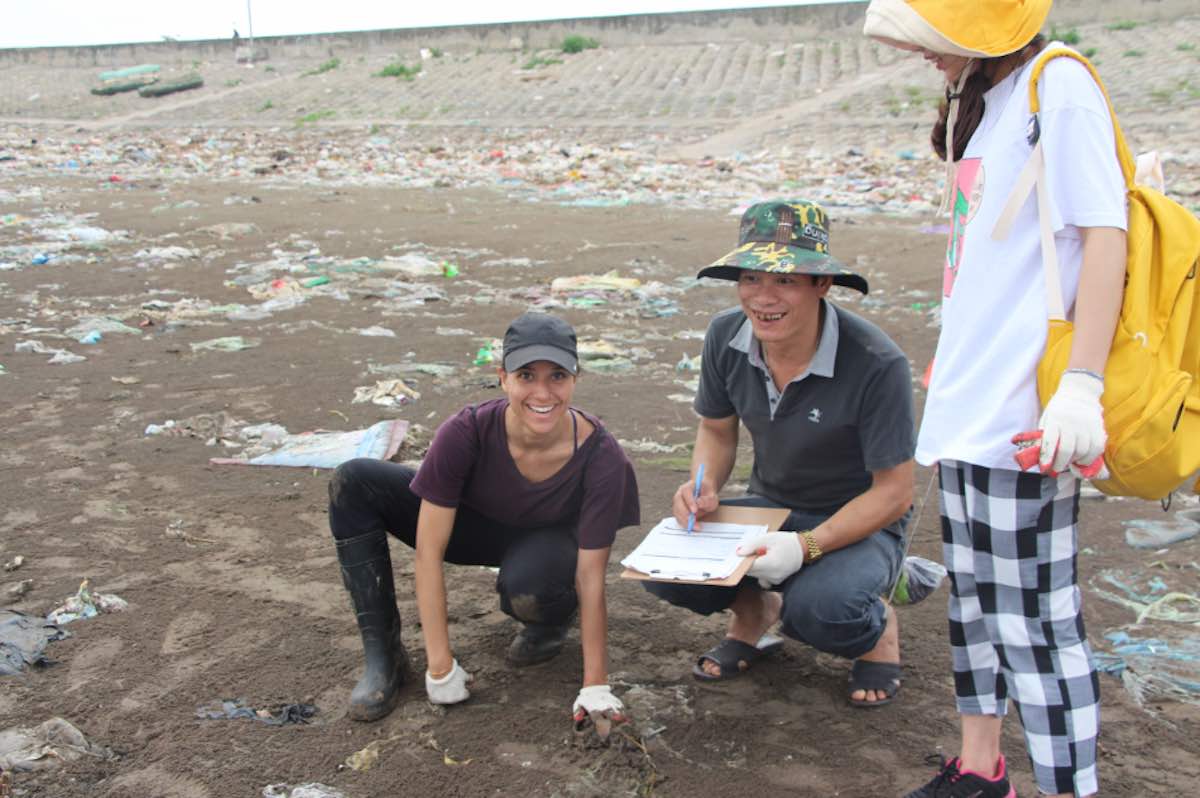

We appreciate that MCD is first and foremost committed to making this work and learnings accessible to the public. In a conversation that Công and Ngọc led with Giao Thiện commune, we learned from fishermen about the ways in which pollution leads to the degradation of their land and harms not only people, but the ecosystem as a whole. I especially appreciated that everyone at MCD was eager to converse with me in Vietnamese as they answered my questions. As a Vietnamese-American only somewhat proficient in the language, I felt very much empowered to practice the vocabulary of environmental conservation in my mother tongue.
Ocean Conservancy hopes that this case study will inform local stakeholders to determine specific solutions addressing the vulnerability of Xuân Thủy National Park. We also envision that future research will advise national stakeholders as they develop a long-term strategy for Vietnam’s coastal wetlands. While there are still major gaps in the research that make it difficult to track environmental stressors and ongoing changes within the park, Vietnam is taking major steps to protect its wildlife and coastal communities.
Sign up for our emails!
See below for more photos from the expedition.
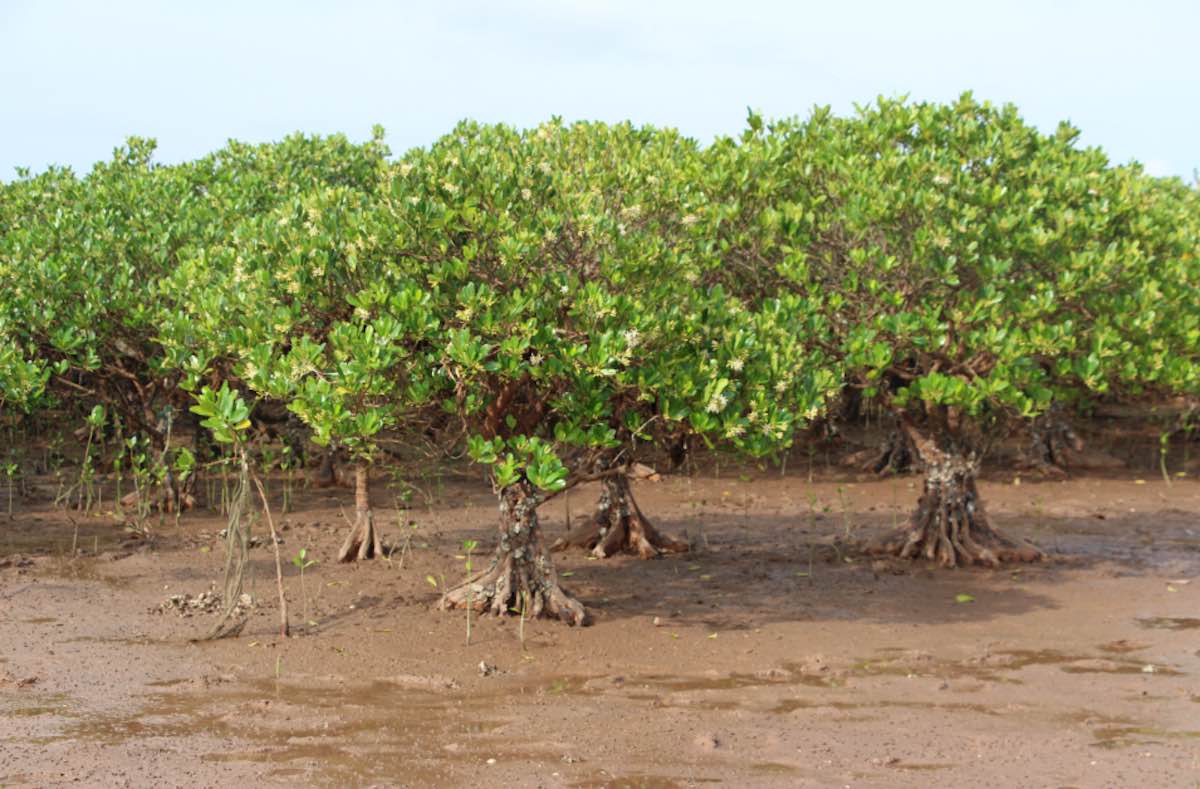

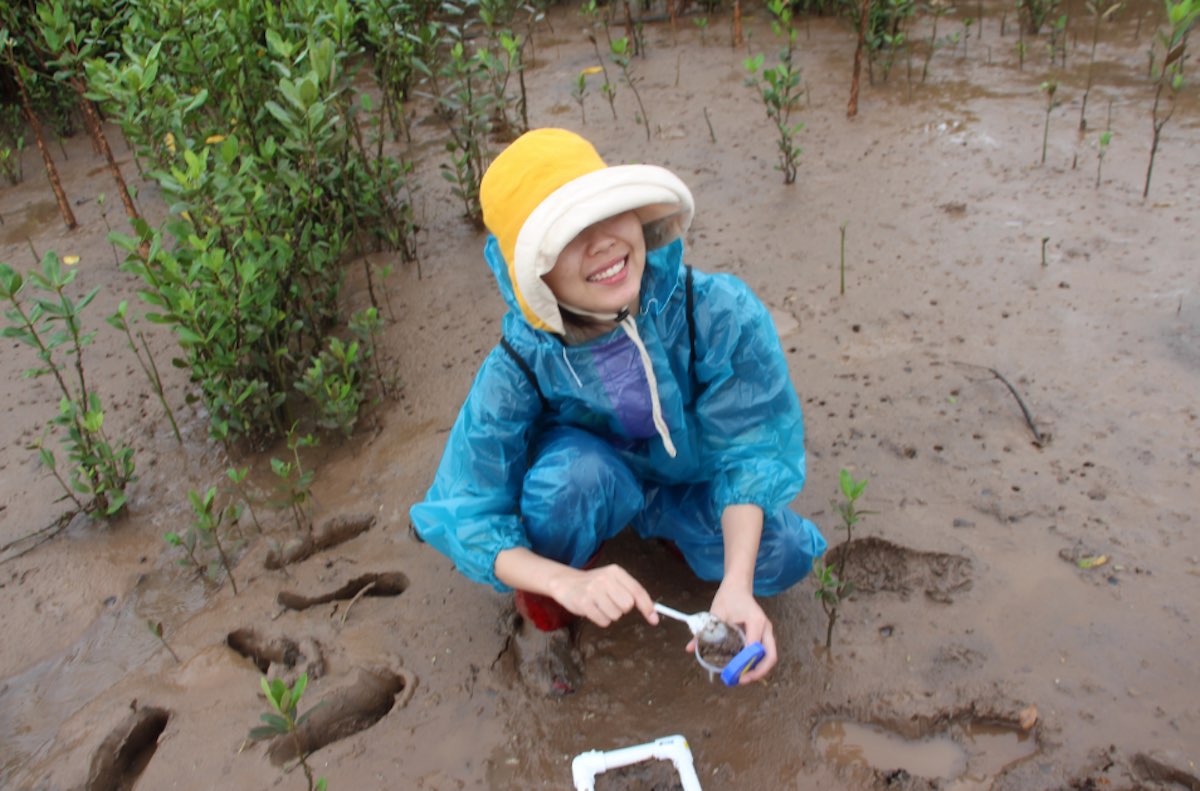

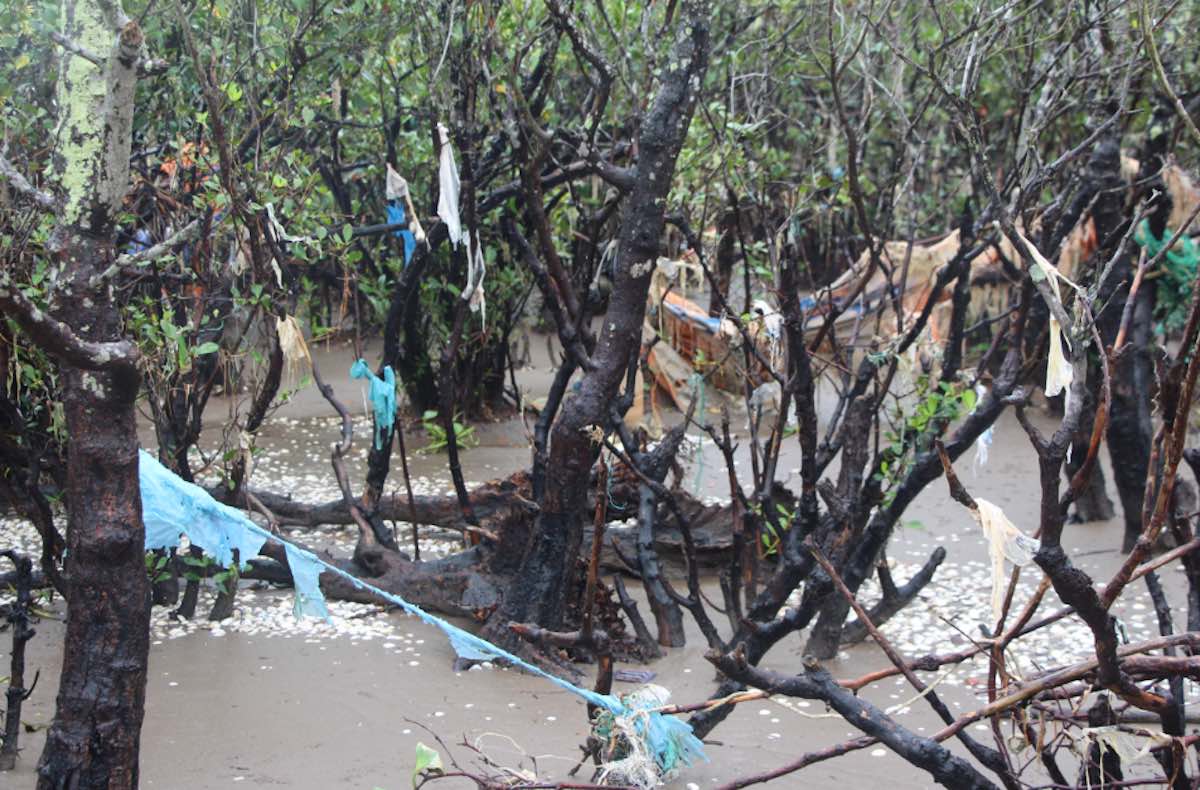

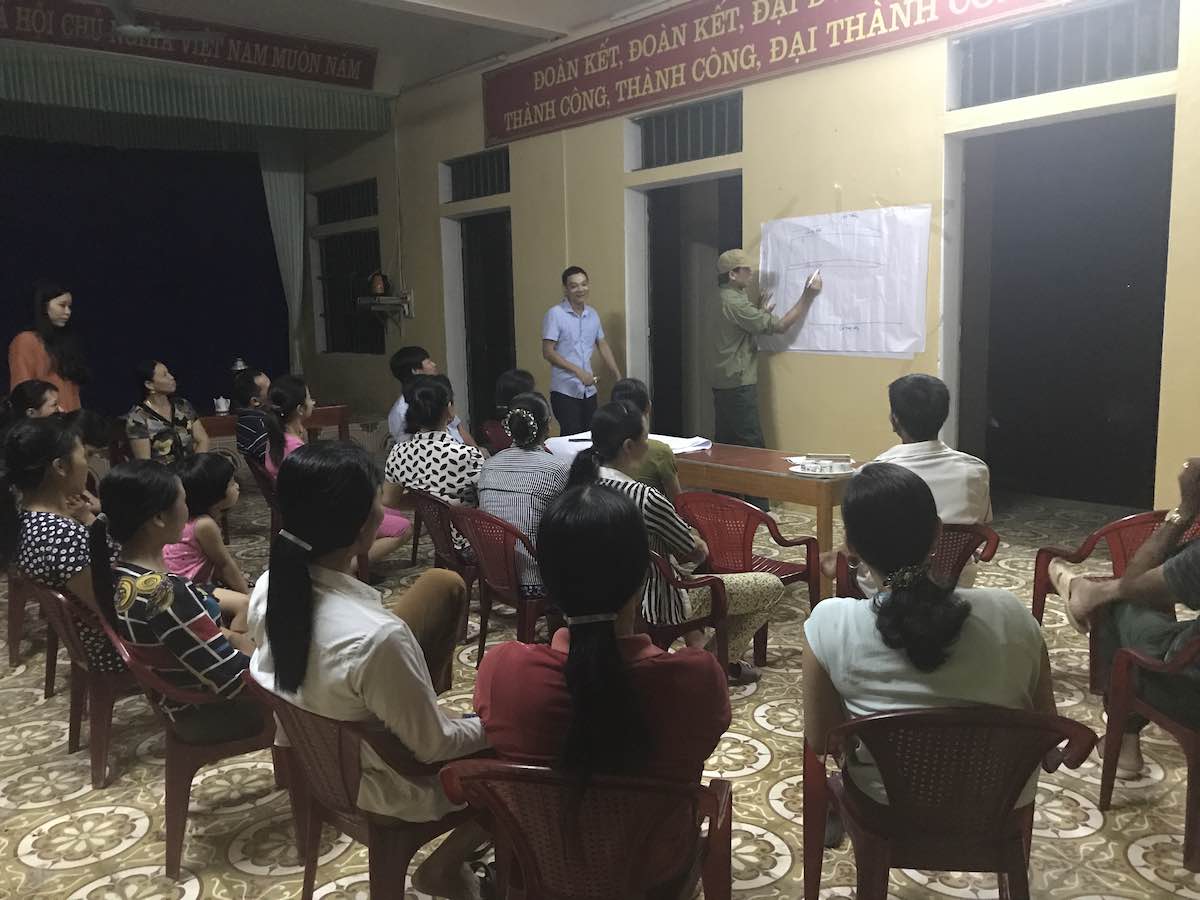



The post Mangroves are Vital to Vietnam’s Coastal Communities appeared first on Ocean Conservancy.
Read the full article at: https://oceanconservancy.org/blog/2019/08/08/mangroves-vital-vietnams-coastal-communities/


